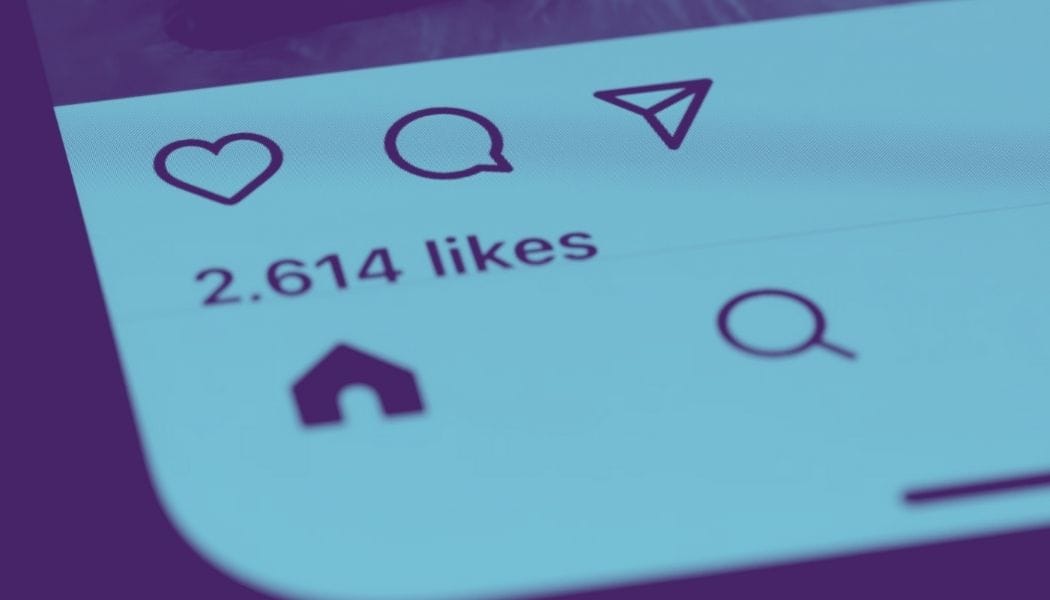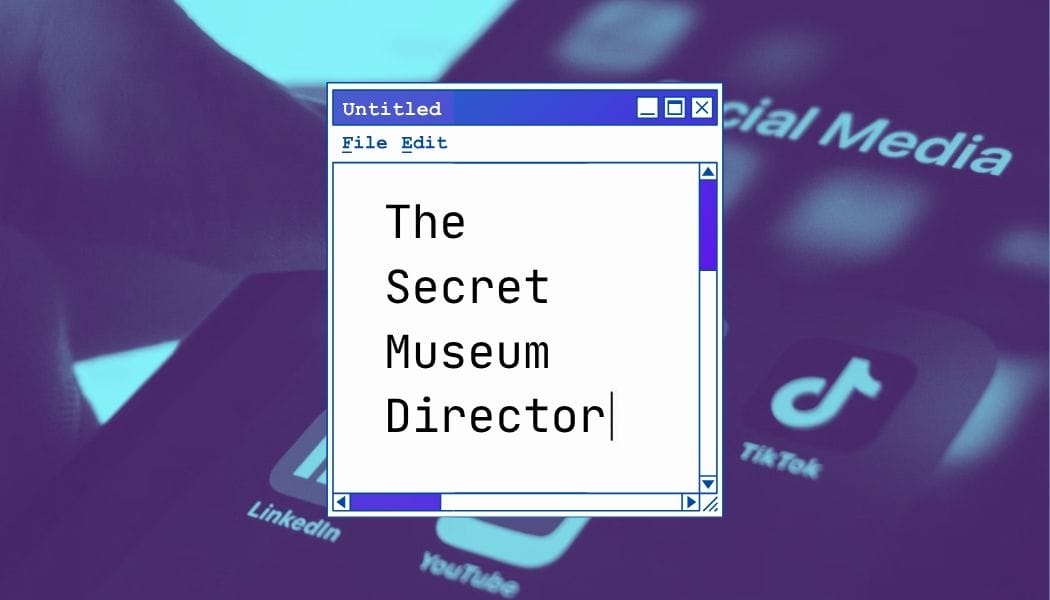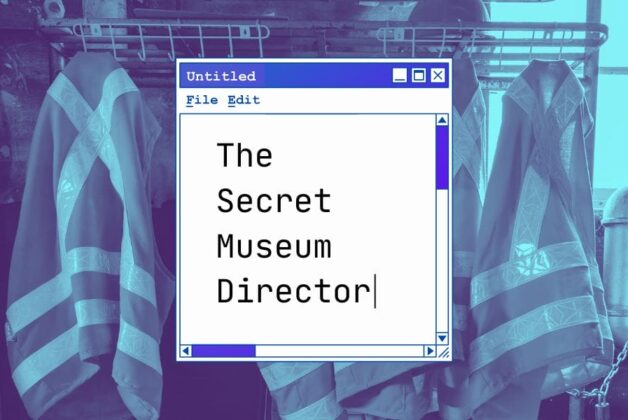Museums risk sacrificing curatorial decisions, research projects and creativity to metrics-driven communications strategies, warns The Secret Museum Directors.
In the shadowy corners of the cultural world, there exists a museum nobody talks about. Not because its subject matter is not interesting, or because it’s in a forgotten town, but because its very existence is… unknown. Why? Because no one has engaged the public, so no one has made the museum’s presence felt.
It sits there, its corridors echoing with silence, the exhibits akin to a tree falling in the woods…if no one sees them, were they even there? The museum is a museum in all senses of the word, from a core of staff to volunteers to a purpose and a collection. But, like a poltergeist, it is invisible to the public, until one day it dies….
This museum never communicated, it never engaged, it never got mentions and never gained likes. It failed to achieve stickiness and certainly didn’t go viral. It embarked on no campaigns, to failed to post across multiple channels in line with data backed outreach metrics, and, if you can believe it, barely even knew what social media even was…
This is what some will have you believe…that no engagement means death.
And don’t get me confused, engagement is important, marketing is important, but let me explain my concerns;
Every meeting begins the same way. Someone clears their throat, someone else fiddles with a chart, and then, like clockwork, the word appears: engagement. It is spoken with the reverence of scripture. Engagement is not a goal anymore; it is a lifestyle.
It’s a silent coup: no one voted for it, but everyone obeys. The board doesn’t understand conservation, but they understand bar charts with upward arrows. So, guess what drives decision-making? Hint: it’s not research outcomes.
The Cult of Engagement
We used to measure success in things that mattered: ideas shared, programmes delivered, maybe the occasional delighted audience member. Now we measure reach. “Reach” is a magical term meaning: someone, somewhere, scrolled past our logo for 0.3 seconds while ordering a sandwich. That, my friends, is a win.
Engagement is psychopathic in its purity. It doesn’t care what people engage with. Did they learn? Did they care? Did they share it because it was brilliant, or because it was ridiculous? Doesn’t matter. The number went up. Bring out the champagne.
Metrics as Martial Law
Here’s how it works: if your project produces low numbers, it quietly disappears. If it produces high numbers, it becomes a case study. It doesn’t matter whether it’s good, bad, or actively humiliating. One viral tweet about a misspelled sign can be worth more than a year of thoughtful programming.
I once participated in a meeting about the marketing of an event, in which, and I kid you not, the idea was put forward that one letter be crooked on the main banner, to generate “conversation”.
This is why staff now debate fonts as if our past, present and future hangs in the balance. This is why events seem to be designed for hashtags, not humans. And this is why your colleague spent two hours arguing over whether the phrase “Get involved!” or “Join in!” generates better engagement.
Engagement isn’t the tail wagging the dog. Engagement has eaten the dog, stolen the lead, and now insisted it invented walking.
Now, you might argue, if this doesn’t cost much, who cares right? Try things, be adventurous in your marketing, if it doesn’t work, try something else. But the point I’m making is that the way a museum tries to “speak” to its visitors has now reached levels of importance far beyond what museums of 50 years ago would have witnessed, in which the story, told via its exhibitions, was the only thing that mattered.
The Comms Coup
Once upon a time, communications teams were there to amplify. Now, it seems, they are the empire. Curators, educators, even directors must bow before the almighty dashboard. What once was supplementary has become sovereign. Now curatorial decisions, research projects, even retail and visitor experience teams, are now seemingly subservient to the rule of engagement.
It’s a silent coup: no one voted for it, but everyone obeys. The board doesn’t understand conservation, but they understand bar charts with upward arrows. So, guess what drives decision-making? Hint: it’s not research outcomes.
I realise I run the risk of sounding like a museum director from the 19th century. Sitting in some dusty Victorian edifice, living by the philosophy of “I have built it, they will come”. I promise I am not. I have worked in hype modern and cutting-edge institutions. And I appreciate good engagement when it is meaningful and strategically aligned, but I warn of the risks of this leading the entire institution’s thinking:

The Human Wreckage
The collateral damage, it seems to me, is creativity. Whole projects are abandoned because they can’t be packaged into an “engaging” video. Staff start speaking in social-media syntax. People pitch ideas not by explaining their value, but by promising they’ll “trend.”
And then there’s the morale problem: nobody wants to admit their life’s work was killed because it didn’t get enough likes. “Sorry, your research was fascinating, but the algorithm doesn’t rate this subject this month.”
Engagement Detox
It doesn’t have to be like this. Engagement can still mean connection, curiosity, even joy. But the numbers need to serve the mission, not the other way around. Engagement should be a tool, not a personality disorder.
Until then, we will remain in the grip of the metrics, worshipping the god of impressions, sacrificing nuance to the altar of virality, and waking up hoping we are trending on TikTok (I admit I barely know what this is!).
Engagement is power, yes. But like all power, it is also slightly deranged. It smiles, it flatters, it counts every click, and it never sleeps. And if you listen closely, you can hear it humming its favourite tune: comms, comms, comms.






